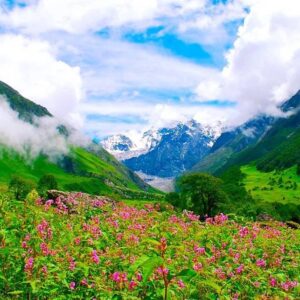Exploring the Geological Marvel: Why Are More Volcanoes Found in South Asia?

Volcanoes are nature’s awe-inspiring yet unpredictable phenomena. While they often conjure images of fiery eruptions in distant lands, few might realize that South Asia also has its fair share of volcanoes. This region, known for its rich cultural diversity and stunning landscapes, hides beneath its surface an intriguing geological history that explains the prevalence of volcanoes. In this blog post, we will delve into the reasons why more volcanoes are found in South Asia.
Why Are More Volcanoes Found in South Asia?
1. Tectonic Plate Interactions
2. Subduction Zones
3. Island Chains
4. The Pacific Ring of Fire
5. Rich Geological History
Reasons why more volcanoes are found in South Asia?
1. Tectonic Plate Interactions
One of the primary factors contributing to the abundance of volcanoes in South Asia is the complex interaction of tectonic plates beneath the Earth’s surface. South Asia is positioned at the convergence of several major tectonic plates, making it a hotbed of geological activity.
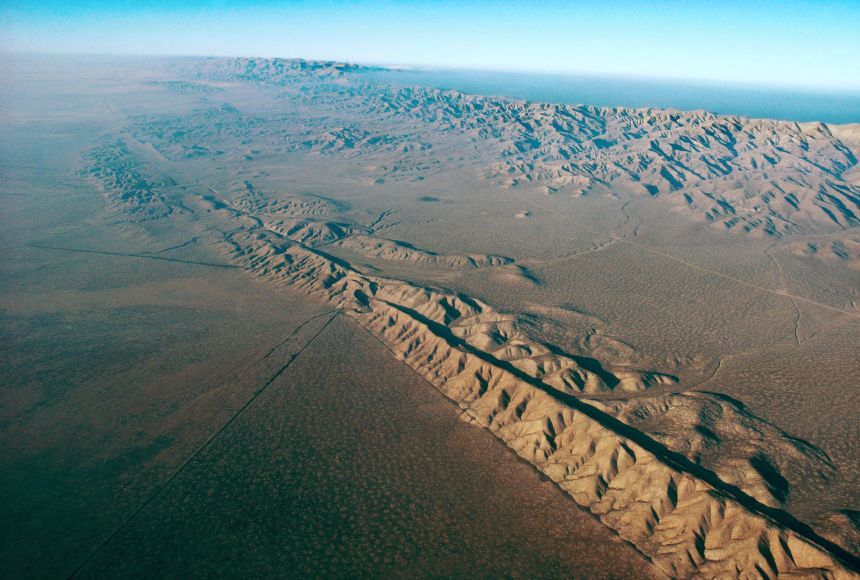
The most significant interaction involves the Indian Plate and the Eurasian Plate, resulting in the formation of the Himalayan mountain range. The immense pressure, collision, and subduction of these plates give rise to the formation of volcanoes in the region, including the potential for future eruptions.
Read More: 10 Marvelous Rock Formations in the World
2. Subduction Zones
South Asia hosts several subduction zones where one tectonic plate is forced beneath another. For example, in the Sunda Trench located near Sumatra, Indonesia, the Indo-Australian Plate is subducting beneath the Eurasian Plate.

This process generates a tremendous amount of geological pressure, leading to volcanic activity. This area is infamous for the massive 2004 Indian Ocean earthquake and tsunami, which resulted from a subduction event and triggered volcanic activity on some nearby islands.
Read More: Top Unbelievable Natural Things in Scotland
3. Island Chains
South Asia includes numerous island chains such as the Andaman and Nicobar Islands. Many of these islands are situated on the edges of tectonic plates, particularly the Indo-Australian Plate. As a result, they are highly susceptible to volcanic eruptions.
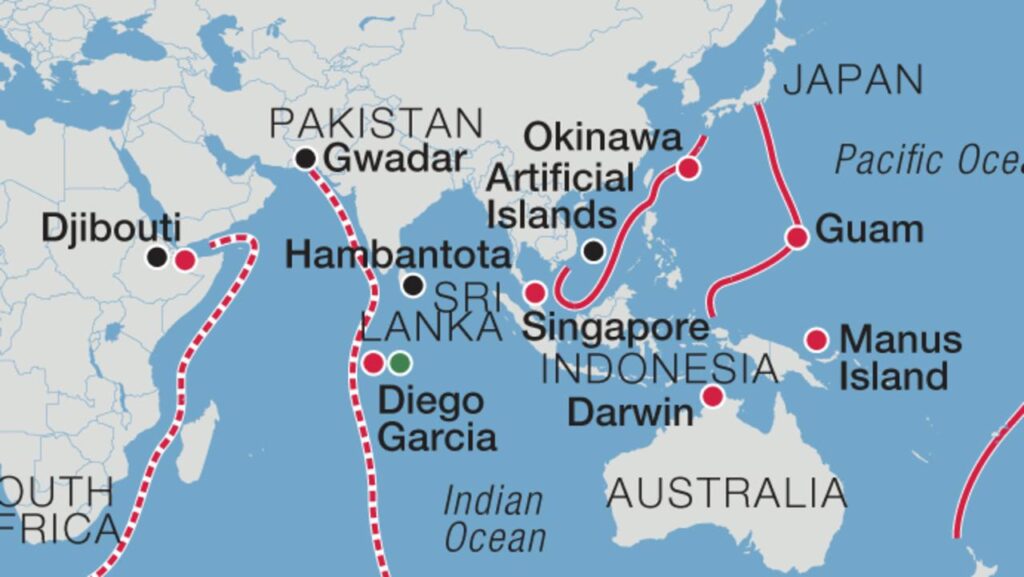
The Andaman and Nicobar Islands, for instance, have experienced volcanic activity, with several dormant and potentially active volcanoes.
Read More: 10 Natural Wonders Of The World
4. The Pacific Ring of Fire
South Asia is indirectly influenced by the Pacific Ring of Fire, a horseshoe-shaped region encircling the Pacific Ocean characterized by intense tectonic activity, including earthquakes and volcanic eruptions.
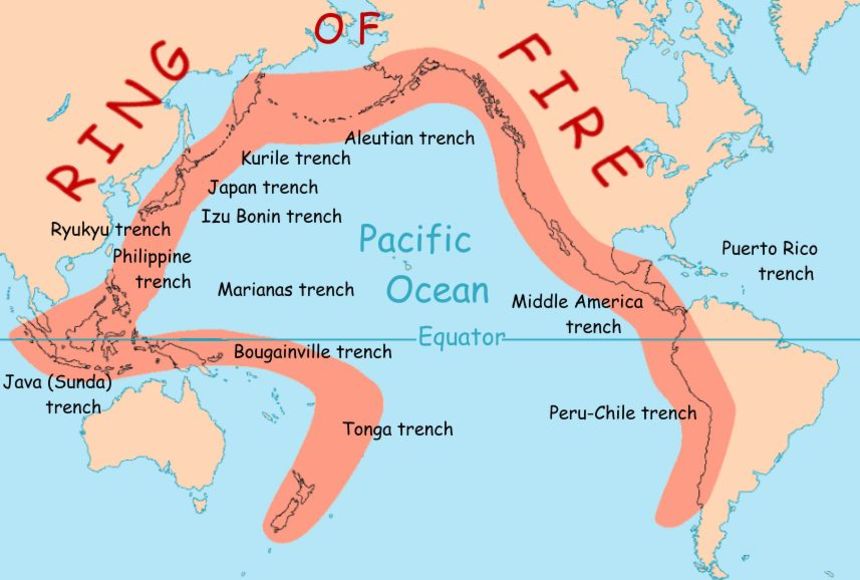
This zone extends to the Philippines, Indonesia, and other nearby countries, making South Asia susceptible to volcanic events due to its proximity.
Read More: Most Visit Natural Places in India
5. Rich Geological History
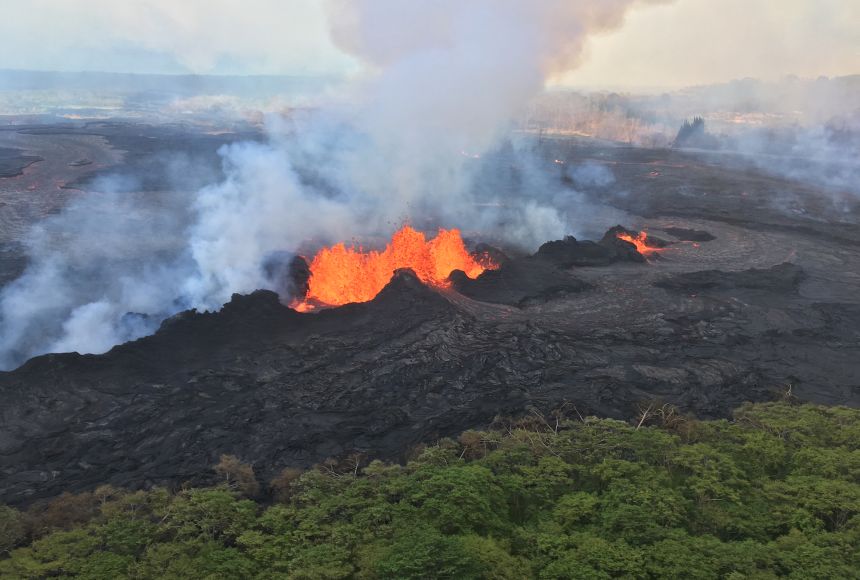
The geological history of South Asia is marked by a series of volcanic eruptions and the birth of volcanic islands. This ancient tale is etched into the region’s landscape, playing a pivotal role in crafting the varied environments and ecosystems we see today.
Read More: 12 Best Natural Wonders in Alaska
Conclusion
The prevalence of volcanoes in South Asia is a testament to the dynamic geological processes that have unfolded over millions of years. While the region may not have the same level of volcanic activity as places like the Pacific Ring of Fire, the influence of tectonic plate interactions, subduction zones, island chains, and the rich geological history all contribute to the presence of these remarkable geological features.
Understanding the geological forces at play helps us appreciate the natural beauty and potential risks associated with volcanoes in South Asia. Responsible management and preparedness are key to living harmoniously with these geological marvels and ensuring the safety of the communities in their vicinity.
